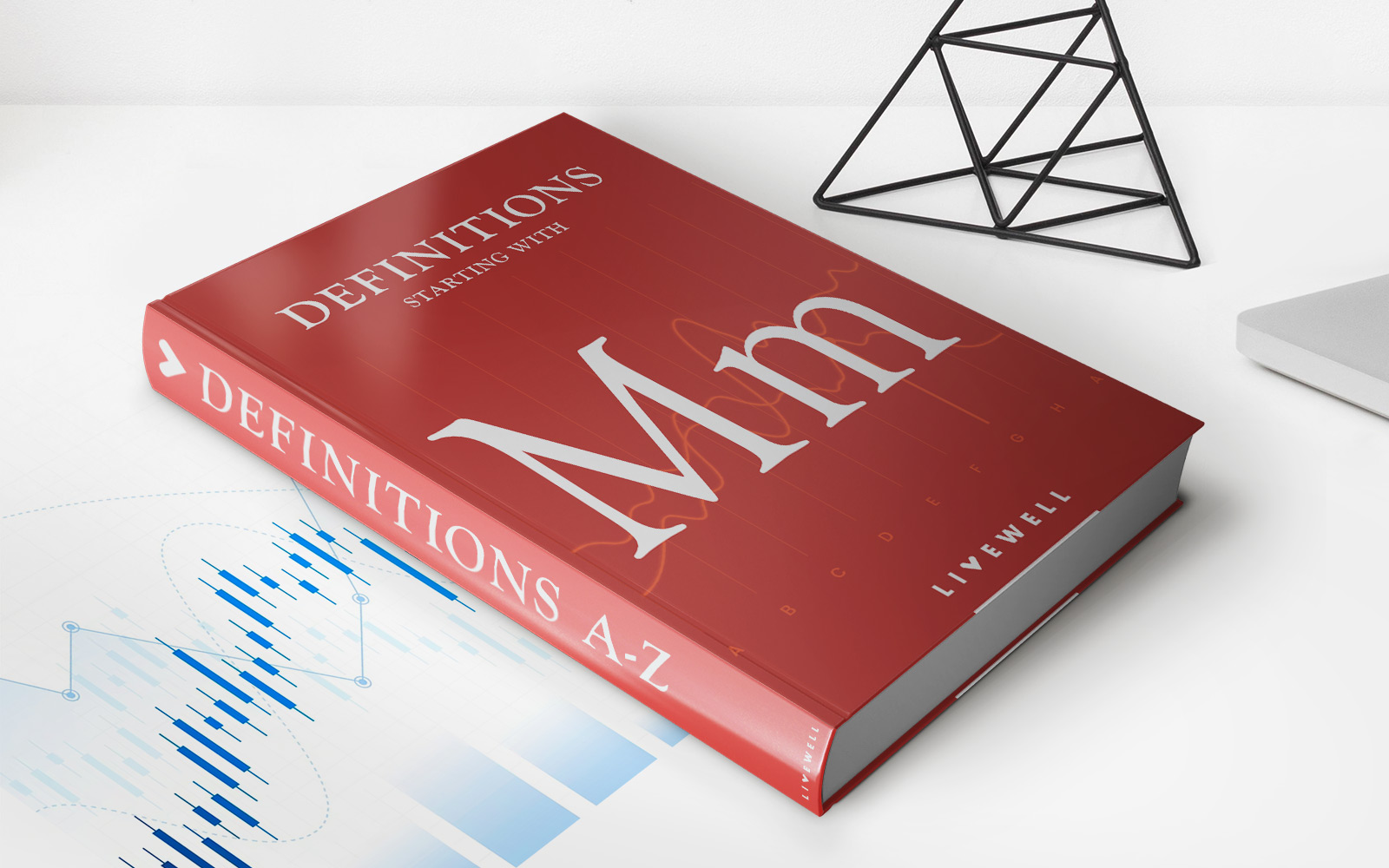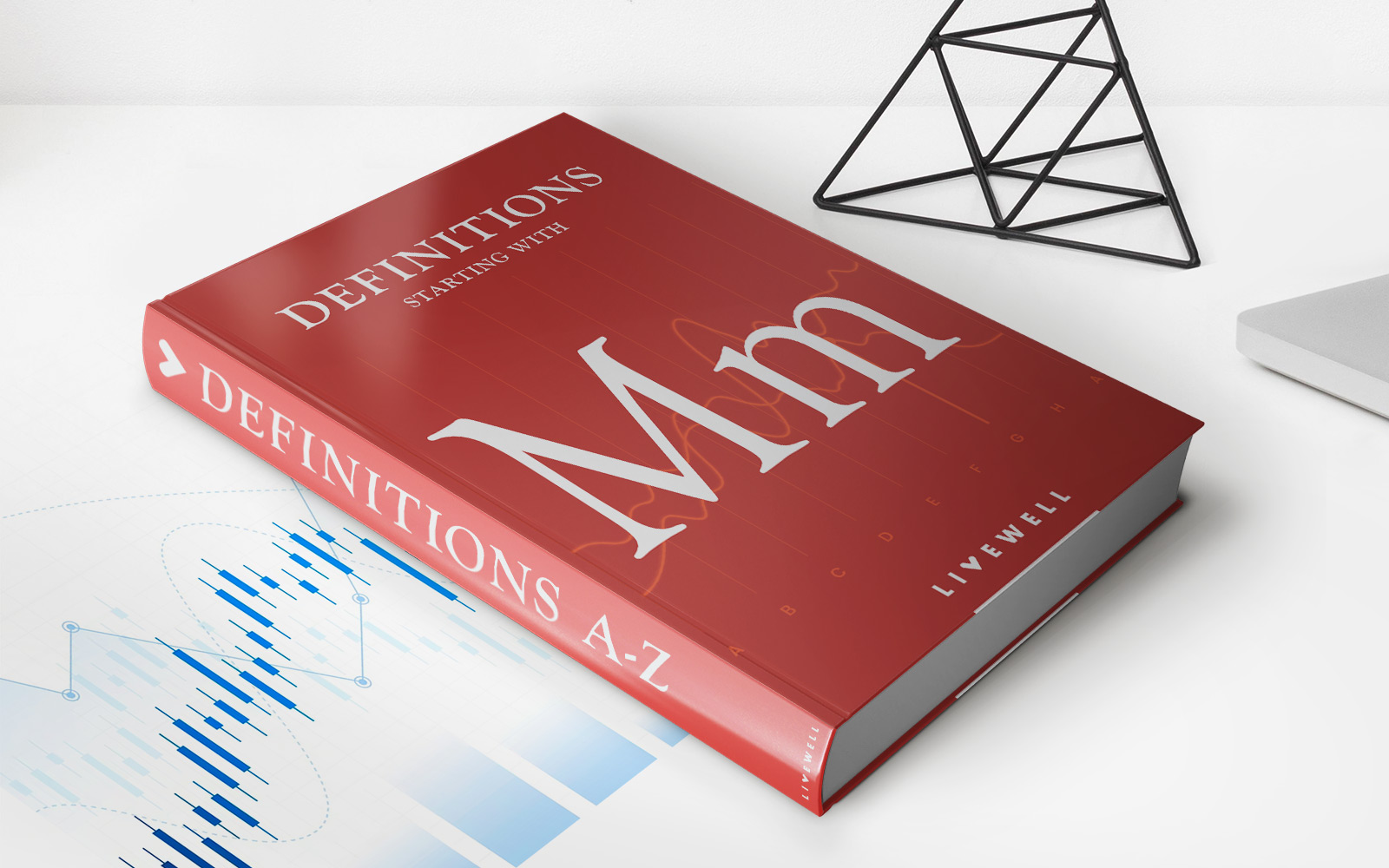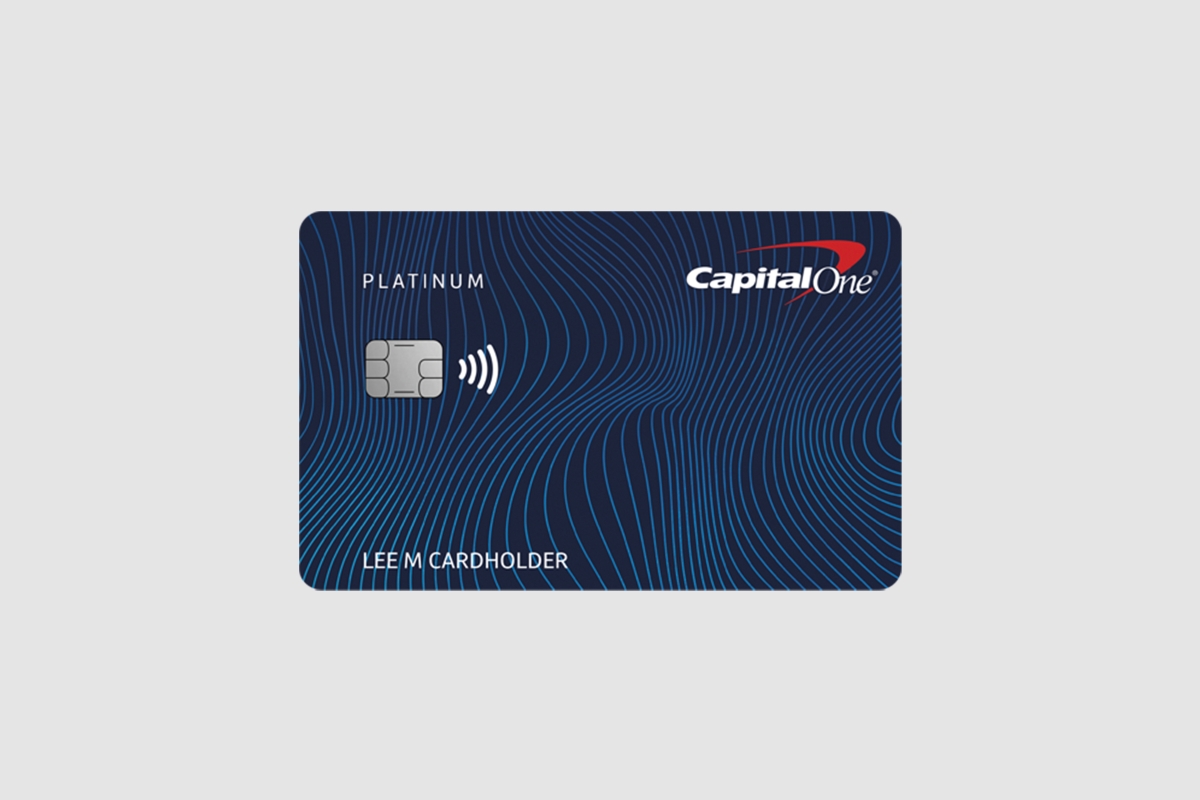Home>Finance>Interchange Rate: Definition, Calculation Factors, Examples


Finance
Interchange Rate: Definition, Calculation Factors, Examples
Published: December 10, 2023
Learn the definition, calculation factors, and examples of interchange rates in finance. Discover how these rates impact your financial transactions.
(Many of the links in this article redirect to a specific reviewed product. Your purchase of these products through affiliate links helps to generate commission for LiveWell, at no extra cost. Learn more)
Understanding Interchange Rates in Finance: A Guide to Definition, Calculation Factors, and Examples
When it comes to the world of finance, there are numerous terms and concepts that can be quite complex to understand. One such term is the interchange rate. In this blog post, we will delve deep into what interchange rates are, how they are calculated, and provide you with some practical examples. So, let’s get started and demystify the world of interchange rates!
Key Takeaways:
- Interchange rates are fees charged between banks for processing credit and debit card transactions.
- These rates are determined by various factors, including the type of card, transaction volume, and risk levels.
What Exactly is an Interchange Rate?
In simple terms, an interchange rate is a fee that is charged between banks for the processing of credit and debit card transactions. When you use your card for a purchase, the merchant’s bank pays a certain percentage of the transaction value to your bank in the form of an interchange fee.
But how are these rates calculated? Let’s take a closer look at some of the factors that influence interchange rates:
- Card Type: Different types of cards, such as credit cards, debit cards, or rewards cards, have varying interchange rates. These rates are determined by the level of risk involved and the benefits offered by the card.
- Transaction Volume: The more transactions a bank processes, the lower the interchange rate may be. Banks that have higher transaction volumes can negotiate lower rates with the card networks.
- Risk Levels: The risk associated with a specific transaction can influence the interchange rate. Factors such as fraudulent activities, chargebacks, and the industry in which the transaction takes place can impact the rate.
To give you a better understanding, here are a couple of examples of interchange rates in action:
Example 1: Credit Card Transaction
Let’s say you purchase a laptop using your credit card, and the transaction amount is $1,000. The interchange rate for this particular type of transaction may be 2%. This means that the merchant’s bank pays your bank $20 as an interchange fee.
Example 2: Debit Card Transaction
In another scenario, imagine you buy groceries using your debit card, and the transaction amount is $100. The interchange rate for debit card transactions is typically lower than that for credit cards, let’s say around 1%. In this case, the interchange fee would be just $1.
It’s important to note that interchange rates can vary due to factors such as card network, country, and specific agreements between banks. These rates can also change over time as the financial industry evolves.
In Conclusion
Interchange rates play a crucial role in the finance world, facilitating the smooth processing of credit and debit card transactions. Understanding how these rates are calculated and the factors that influence them can provide valuable insights into the dynamics of the financial ecosystem.
Key Takeaways:
- Interchange rates are fees charged between banks for processing credit and debit card transactions.
- These rates are determined by various factors, including the type of card, transaction volume, and risk levels.
By grasping the intricacies of interchange rates, you are better equipped to navigate the world of finance and make informed decisions when it comes to managing your money.














